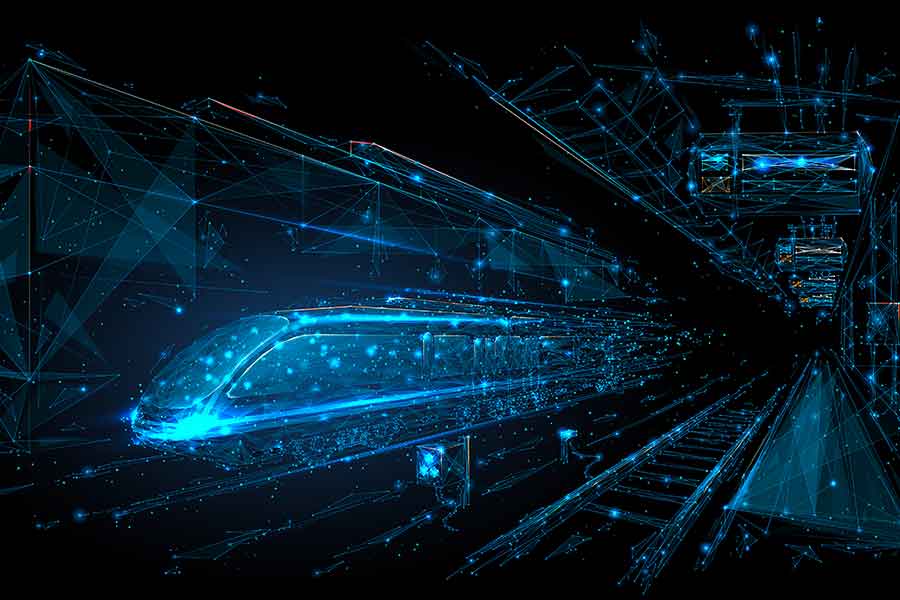
We simulate the entire value chain, from the vehicle to mobility scenarios.
Numerical simulation is a powerful tool to help solve mobility challenges.

The automotive industry, a flagship for mechanical engineering and digital simulation
A changing market: connectivity, ecology and regulation
Solutions for the future of automotive innovation
Some examples of numerical simulations for the automotive industry:
Stay on track with innovation

Here are some examples of numerical simulations for railways:
In addition to the external CFD analyses mentioned above, internal car studies can be carried out to optimize heating or air conditioning, for example.
Such analyses (CHT) can also be carried out on specific components, such as braking systems, to ensure their efficiency and resistance under normal conditions, but also in the event of emergency braking.
Fluid mechanics applied to multimodal flows
Today, it’s crucial to control flows in urban areas. So it’s now possible to simulate the movements of people using different modes of transport for their urban mobility: train, bus, car, scooter, bike, electric bike, walk… modes of travel vary and so do the flows. The city of tomorrow will be connected and eco-responsible. It has a duty to make the best possible use of these different modes of transport, while promoting the most environmentally-friendly ones.
